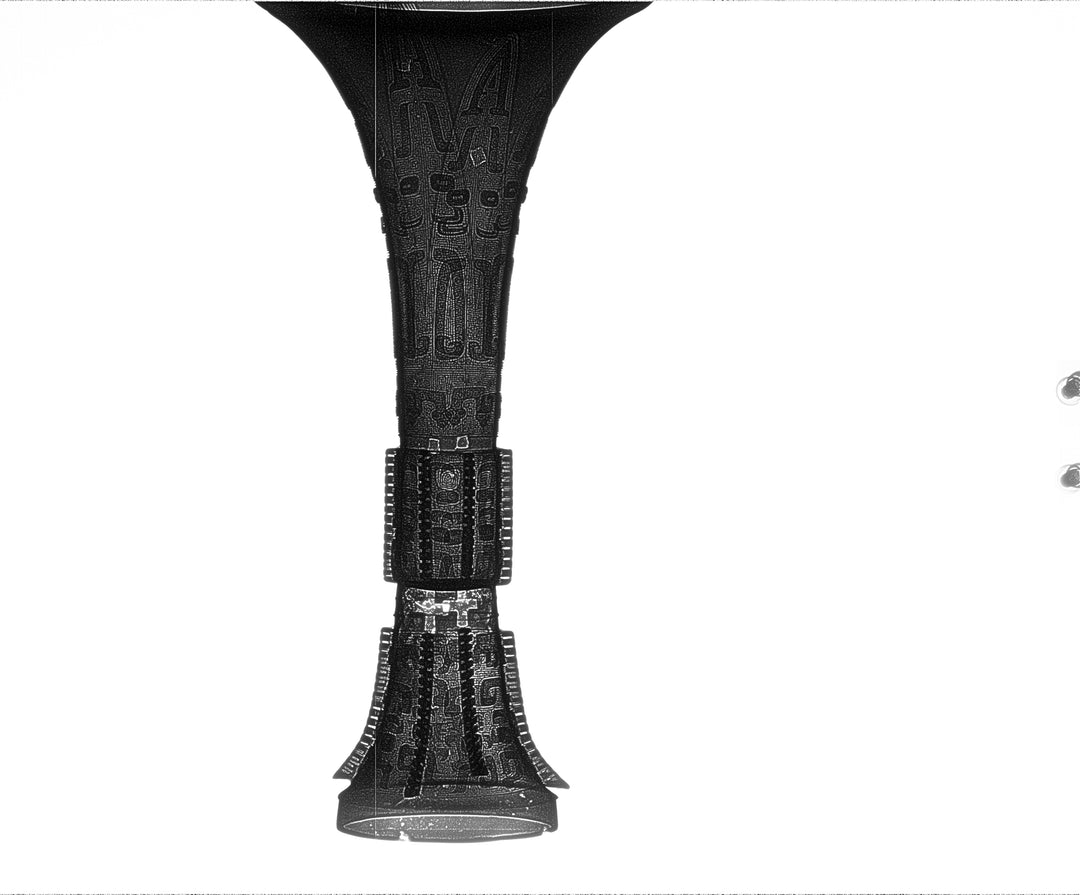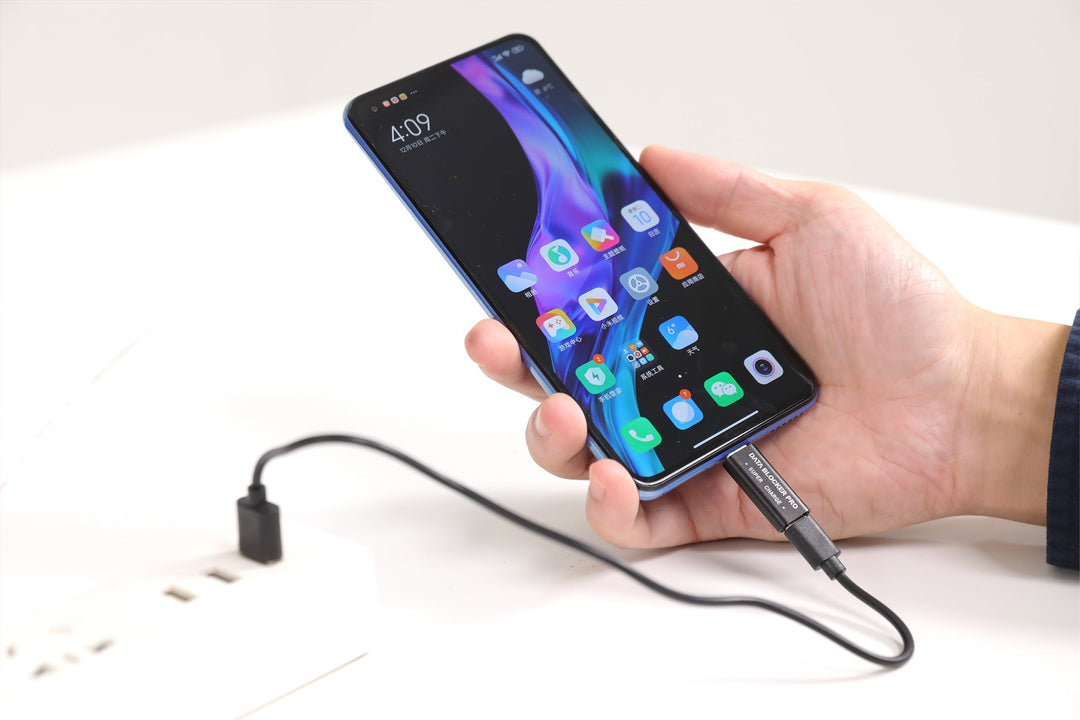Revolutionizing Bronze Artifact Authentication: PX3 Portable X-ray System
Before the advent of portable X-ray technology, the authentication of ancient bronzeware largely relied on traditional methods—observing patina, listening to the sound of the metal, examining inscriptions and decorative patterns, and assessing the alloy and form of the vessel. These techniques, grounded in the accumulated wisdom of countless experts, have played a critical role in cultural heritage research for decades. However, they are not without limitations. As forgeries grow increasingly sophisticated and historical artifacts become more fragile, these conventional methods sometimes fall short. The emergence of the PX3 portable X-ray machine brings much-needed scientific precision and objectivity to the field of cultural relic identification.
At the heart of the PX3’s functionality lies its use of X-ray penetration and differential absorption to generate detailed images. When X-rays pass through a bronze artifact—which is often composed of various elements such as copper, tin, lead, as well as casting residues, fillers, or structural features like core lines and clay molds—each material absorbs X-rays differently based on its atomic number. High atomic number elements (like copper and tin) absorb X-rays more strongly and appear as bright, dense areas on the scan. Conversely, lower atomic number substances (such as inclusions or air) show up as darker, less dense regions. This contrast creates a clear image of the artifact’s internal structure and composition.

These images allow researchers to identify casting techniques (e.g., integral casting, sectional casting, or post-cast welding), pinpoint structural features such as mold lines or gating systems, and even reconstruct internal clay core structures. For instance, examining the remnants of a core inside a Spring and Autumn Period bronze sword can reveal insights into the weapon's original assembly technique.

Another standout feature of the PX3 is its exceptional mobility. Weighing between 10 and 20 kgs and equipped with rechargeable lithium batteries, the device offers a working time of 4 to 8 hours. This makes it ideal for on-site applications, whether in museum storerooms, archaeological excavation sites, or even remote field research stations. In excavation contexts, for example, freshly unearthed bronzes may still be covered in soil and corrosion. The PX3 allows for immediate, non-invasive inspection on-site, helping researchers quickly assess internal conditions and plan appropriate conservation strategies.

Digital imaging is another game-changer. The PX3 uses a flat-panel detector (DR) instead of traditional film, enabling real-time image transmission and digital storage. Experts can instantly view high-resolution images on a connected monitor and apply advanced software tools for image analysis—such as measuring internal dimensions, evaluating density levels, and conducting quantitative assessments—thereby significantly improving both the accuracy and efficiency of the authentication process.
Compared to traditional methods, the PX3 portable X-ray system offers three distinct advantages:
-
Objectivity – It replaces subjective judgment with image-based, data-driven analysis, reducing the risk of human error.
-
Non-Destructive Testing – It allows examination without touching or damaging the artifact, preserving its original state.
-
Deep Internal Insight – It reveals hidden casting details and internal structures that are impossible to observe with the naked eye, offering concrete evidence for authentication.






Leave a comment